Scientists in the US have bred a BVD-immune calf using gene editing.
Researchers had previously identified the main cellular receptor CD46 in cattle, which is hit with the BVD virus, leading to infection. CD46 is the part of the cattle cell which the virus binds to.
Now, a team of researchers led by the United States Department of Agriculture (USDA) has used gene-editing technology to slightly alter CD46 so it doesn’t bind with the BVD virus, yet it retains all its normal function.
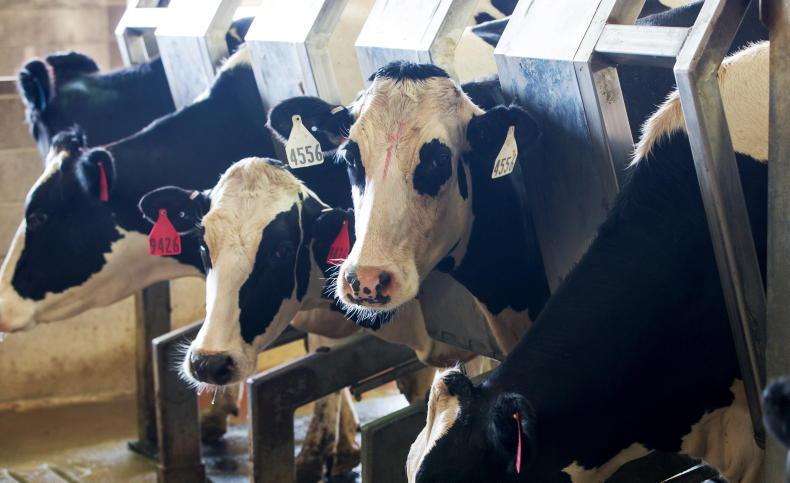
Gene editing and embryo transfer were used in the US study.
After successfully testing the gene-editing process in the lab, the USDA scientists collaborated with Acceligen, a company specialising in precision breeding technology, to genetically edit cattle skin cells in order to develop embryos carrying the altered gene.
Their work was published in the scientific journal PNAS Nexus last week.
Embryo transfer
The research team transplanted the embryos to surrogate cows to determine if the gene-editing approach could create BVD resistance in live cattle.
The technique was successful and the first CD46 gene-edited calf was born on 19 July 2021. The calf was monitored to ensure it had normal health, development and growth over the first months of its life.
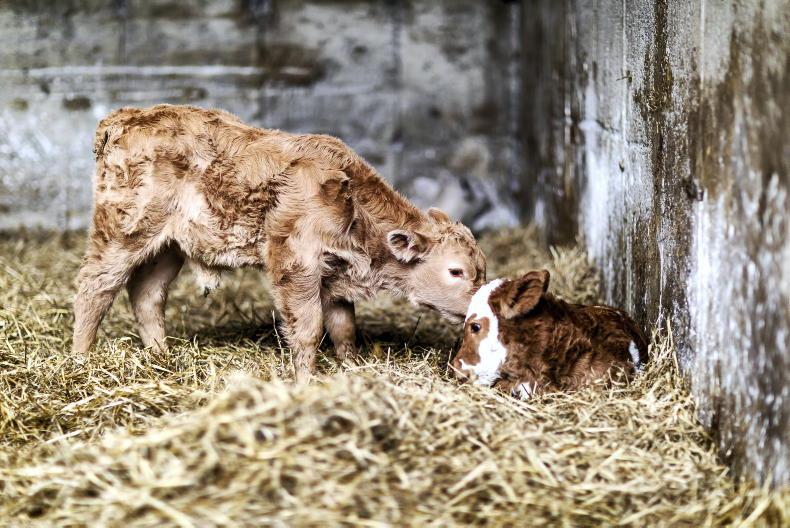
The gene-edited calf was housed with a BVD-infected calf, born shedding the virus. \ Philip Doyle
It was then housed for a week with a dairy calf infected with BVD, born shedding the virus.
Outcome
The gene-edited calf’s cells displayed significantly reduced susceptibility to BVD, with no impact on its health and she did not contract the virus.
Its health continues to be monitored and the heifer’s ability to carry, deliver and rear her own calves is now being examined.
The BVD resistance experiment was described as a “proof-of-concept study” by the USDA team involved.
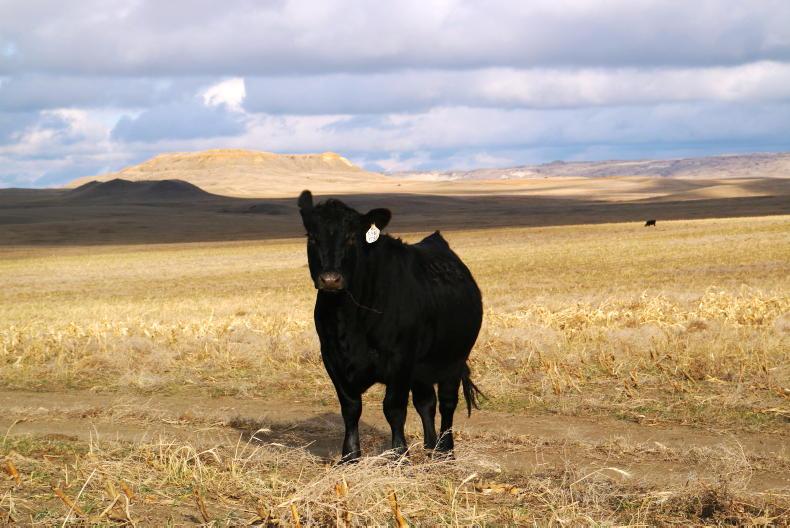
Replication of the US cattle breeding study is required, say the scientists.
“Substituting six amino acids in CD46 caused a dramatic reduction in BVD susceptibility in a gene-edited calf without causing any obvious adverse effects in the first 20 months of life.
“This provides the first example of gene editing in cattle to reduce the impact of a major viral disease.
"This approach could significantly improve animal welfare, increase the long-term sustainability of cattle production and provide an opportunity to reduce antibiotic use in agriculture, given that BVD infection puts calves at risk for secondary bacterial diseases,” the scientists said.
However, in order to refine their work, the USDA team said there will need to be experimental replication in other breeds and with more cattle.
Read more
Double tissue tags could be rolled out this autumn
‘Critical juncture’ for BVD eradication – McConalogue
Scientists in the US have bred a BVD-immune calf using gene editing.
Researchers had previously identified the main cellular receptor CD46 in cattle, which is hit with the BVD virus, leading to infection. CD46 is the part of the cattle cell which the virus binds to.
Now, a team of researchers led by the United States Department of Agriculture (USDA) has used gene-editing technology to slightly alter CD46 so it doesn’t bind with the BVD virus, yet it retains all its normal function.

Gene editing and embryo transfer were used in the US study.
After successfully testing the gene-editing process in the lab, the USDA scientists collaborated with Acceligen, a company specialising in precision breeding technology, to genetically edit cattle skin cells in order to develop embryos carrying the altered gene.
Their work was published in the scientific journal PNAS Nexus last week.
Embryo transfer
The research team transplanted the embryos to surrogate cows to determine if the gene-editing approach could create BVD resistance in live cattle.
The technique was successful and the first CD46 gene-edited calf was born on 19 July 2021. The calf was monitored to ensure it had normal health, development and growth over the first months of its life.

The gene-edited calf was housed with a BVD-infected calf, born shedding the virus. \ Philip Doyle
It was then housed for a week with a dairy calf infected with BVD, born shedding the virus.
Outcome
The gene-edited calf’s cells displayed significantly reduced susceptibility to BVD, with no impact on its health and she did not contract the virus.
Its health continues to be monitored and the heifer’s ability to carry, deliver and rear her own calves is now being examined.
The BVD resistance experiment was described as a “proof-of-concept study” by the USDA team involved.

Replication of the US cattle breeding study is required, say the scientists.
“Substituting six amino acids in CD46 caused a dramatic reduction in BVD susceptibility in a gene-edited calf without causing any obvious adverse effects in the first 20 months of life.
“This provides the first example of gene editing in cattle to reduce the impact of a major viral disease.
"This approach could significantly improve animal welfare, increase the long-term sustainability of cattle production and provide an opportunity to reduce antibiotic use in agriculture, given that BVD infection puts calves at risk for secondary bacterial diseases,” the scientists said.
However, in order to refine their work, the USDA team said there will need to be experimental replication in other breeds and with more cattle.
Read more
Double tissue tags could be rolled out this autumn
‘Critical juncture’ for BVD eradication – McConalogue








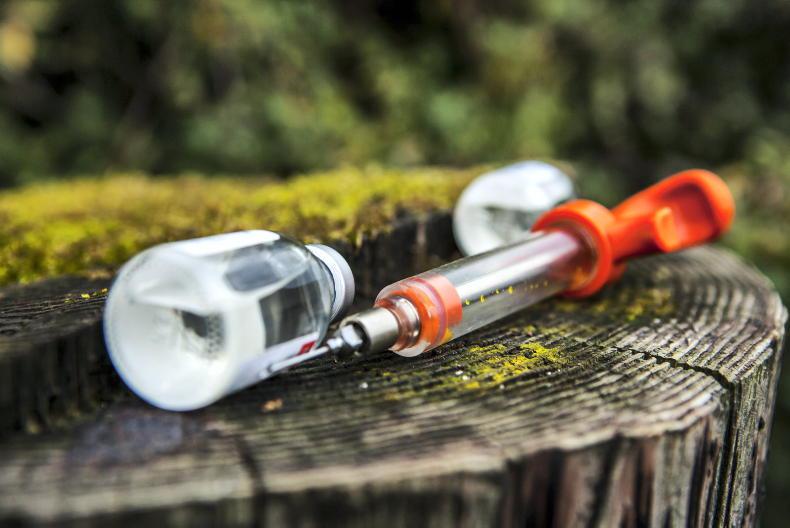

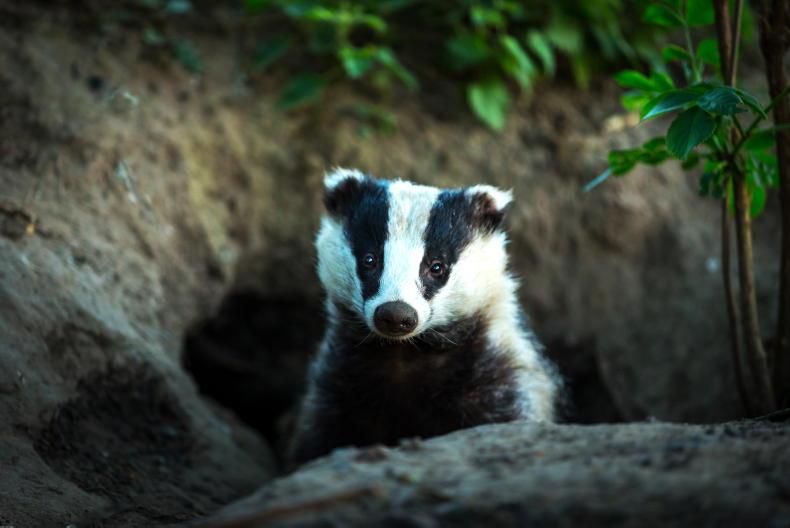

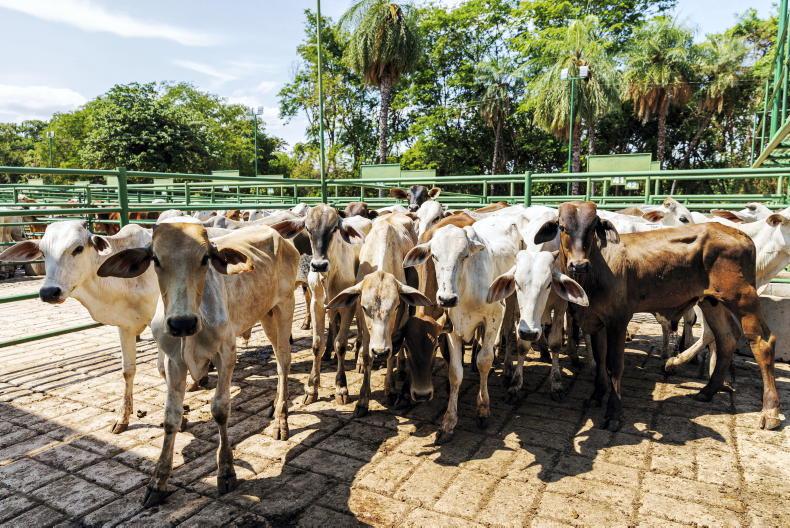
SHARING OPTIONS